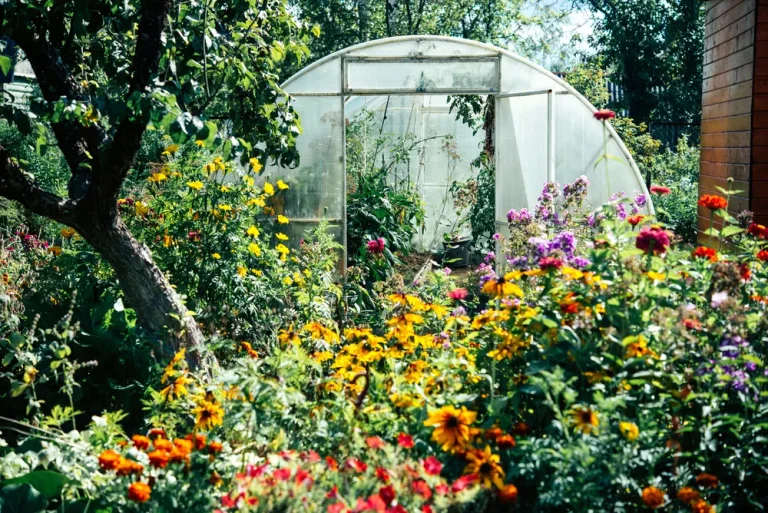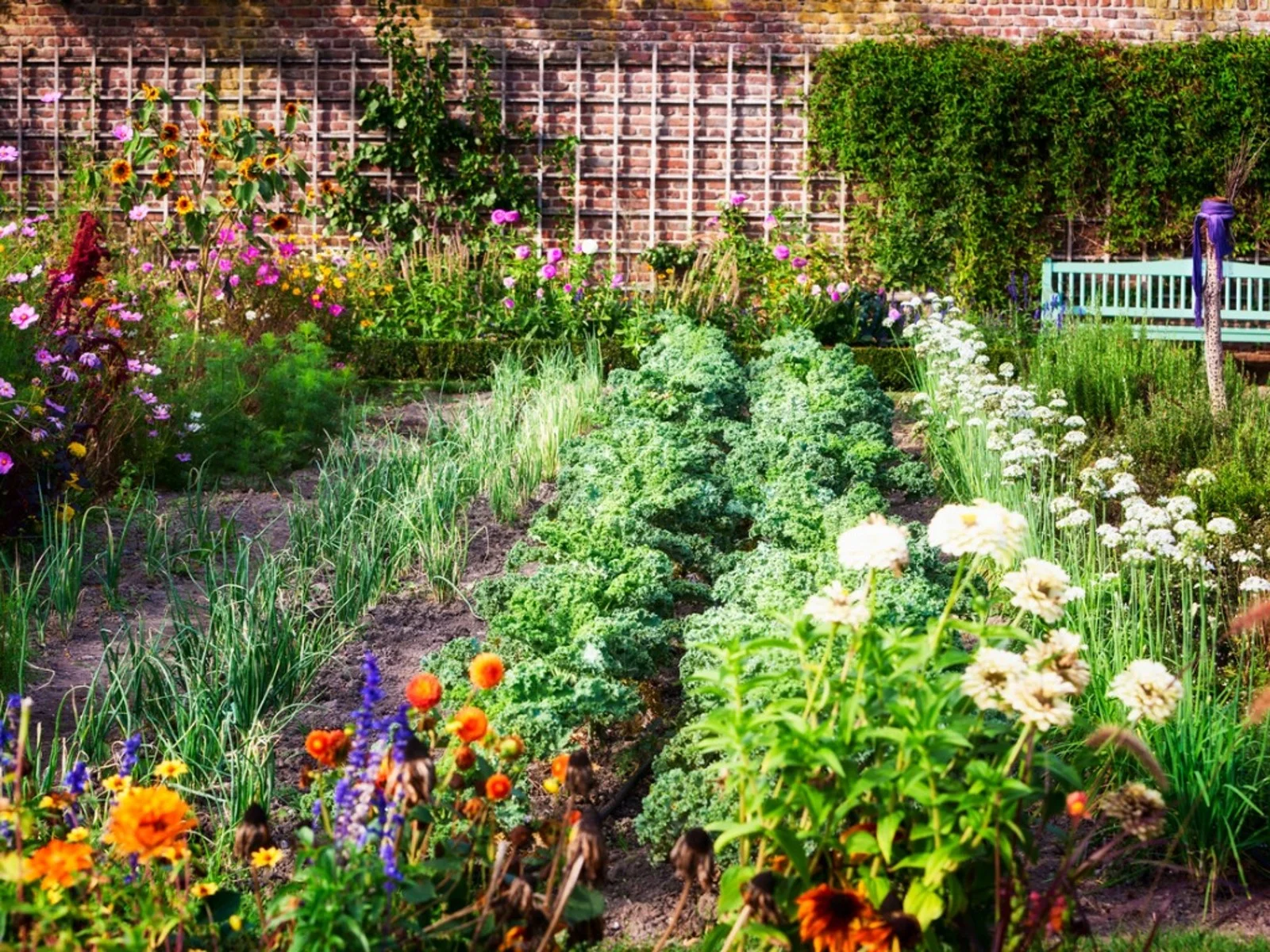The concept of combining flowers with vegetables in a garden may seem unusual, but it’s a practice that offers both aesthetic appeal and functional benefits. Integrating flowers into your vegetable garden can attract pollinators, deter pests, and create a visually pleasing environment. If you’re wondering what flowers to plant in vegetable garden to achieve this harmonious balance, you’re in the right place. This article explores the symbiotic relationship between flowers and vegetables, providing insights into selecting the perfect blooms for your garden.
TL;DR: Planting flowers in your vegetable garden can enhance pollination, repel pests, and add beauty. Marigolds, nasturtiums, and calendulas are among the flowers that are beneficial for vegetable gardens.
This comprehensive guide offers recommendations and tips for successfully integrating flowers into your gardening space.
Flowers and Vegetables: A Dynamic Duo
The idea of planting flowers alongside vegetables isn’t just about aesthetics; it’s a strategic gardening practice that can yield numerous benefits. Flowers can play a vital role in supporting the health and productivity of your vegetable garden, making it a win-win situation for both plants and gardeners.
Flowers and vegetables indeed make a dynamic duo in various gardening practices. Here are some ways in which they complement each other:
- Pollination: Flowers attract pollinators like bees, butterflies, and other insects with their vibrant colors and fragrances. These pollinators play a crucial role in the reproduction of many vegetable plants. By incorporating flowers in your garden, you can enhance pollination and increase the yield of your vegetables.
- Pest Control: Certain flowers, like marigolds and nasturtiums, have natural pest-repellent properties due to their strong scents or chemical compounds. Planting these flowers alongside your vegetables can help deter pests and reduce the need for chemical pesticides.
- Companion Planting: Companion planting involves strategically placing plants together to benefit each other. Some flowers act as natural companions for specific vegetables, providing shade, support, or deterring pests. For example, planting sunflowers near corn can provide vertical support for the corn stalks.
- Soil Health: Different flowers have various root structures and nutrient requirements. Interplanting flowers with vegetables can help improve soil structure, prevent soil erosion, and enhance nutrient uptake. Leguminous flowers, like clover, can fix nitrogen in the soil, benefiting neighboring vegetables.
- Biodiversity: Incorporating a variety of flowers in your garden increases biodiversity, which is essential for a healthy ecosystem. This diversity can attract a wide range of beneficial insects, birds, and other wildlife that contribute to the overall health of your garden.
- Aesthetics: Flowers add beauty and color to your garden, making it a more inviting and visually appealing space. Mixing flowers with vegetables creates a well-balanced garden that is both productive and pleasing to the eye.
- Education and Engagement: Gardens that showcase a mix of flowers and vegetables can be excellent educational tools. They provide opportunities to teach children and newcomers about plant diversity, ecological interactions, and the importance of sustainable gardening practices.
- Cut Flowers: Some flowers serve a dual purpose by not only enhancing the garden’s appearance but also being suitable for cutting and displaying indoors. Integrating cut flowers into your garden allows you to enjoy their beauty inside your home as well.
The Best Flowers to Plant in Your Vegetable Garden
1. Attracting Pollinators
- Marigolds (Tagetes): These vibrant flowers attract bees, butterflies, and other pollinators that help fertilize your vegetables.
- Zinnias: Their bright colors and nectar-rich blooms make zinnias irresistible to pollinators.
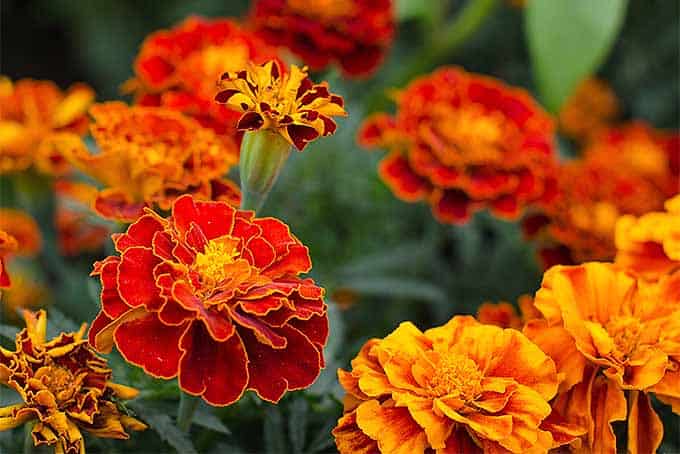
2. Pest Deterrence
- Nasturtiums: Their peppery scent deters pests like aphids and whiteflies, acting as a natural pest repellent.
- Chrysanthemums: Chrysanthemums contain pyrethrin, a natural insecticide that can help protect your vegetables.
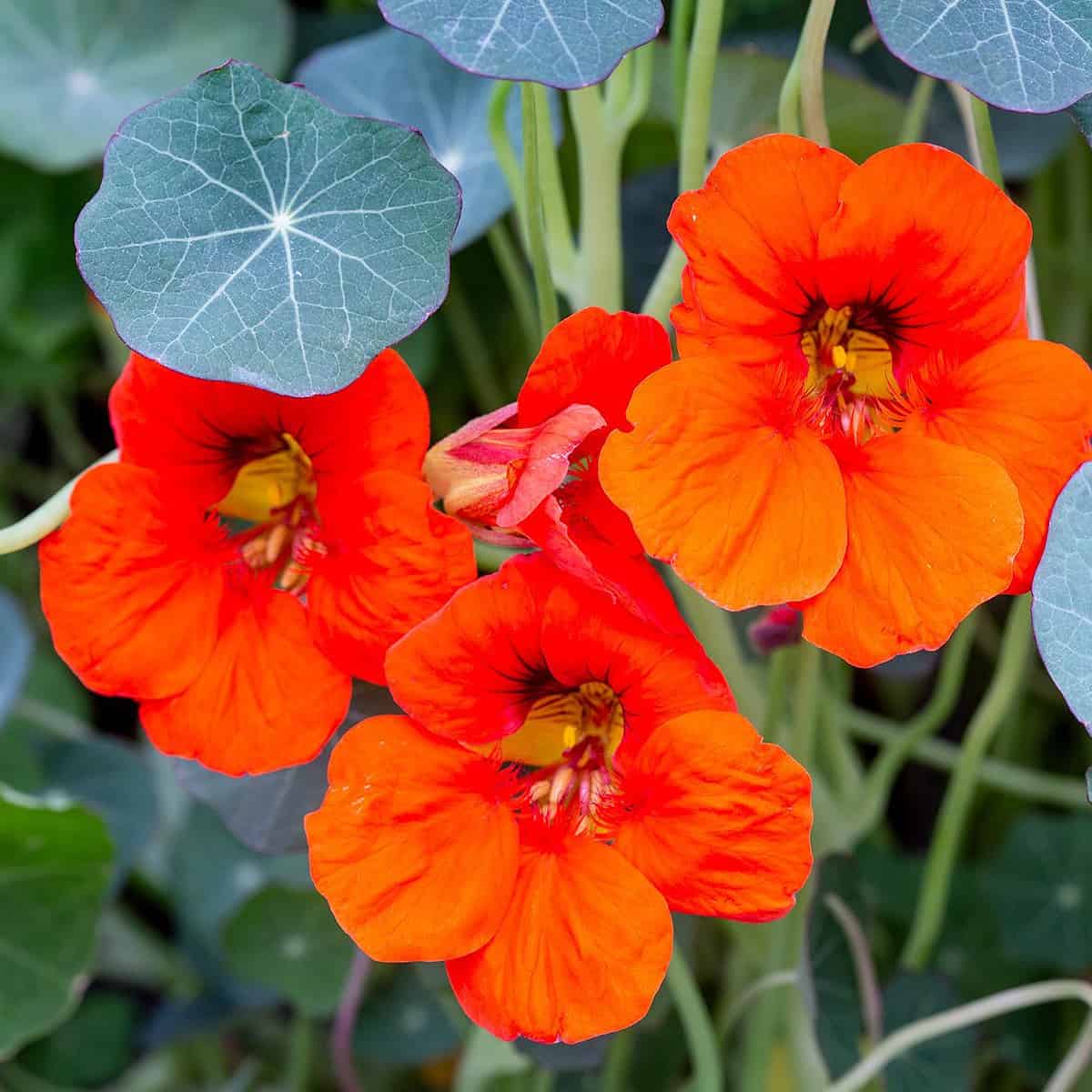
3. Soil Health and Enrichment
- Calendulas (Pot Marigold): These flowers have edible petals and can also enrich the soil with nutrients as they decompose.
- Clover: Plant clover as a cover crop; its deep roots help improve soil structure and increase nutrient availability.
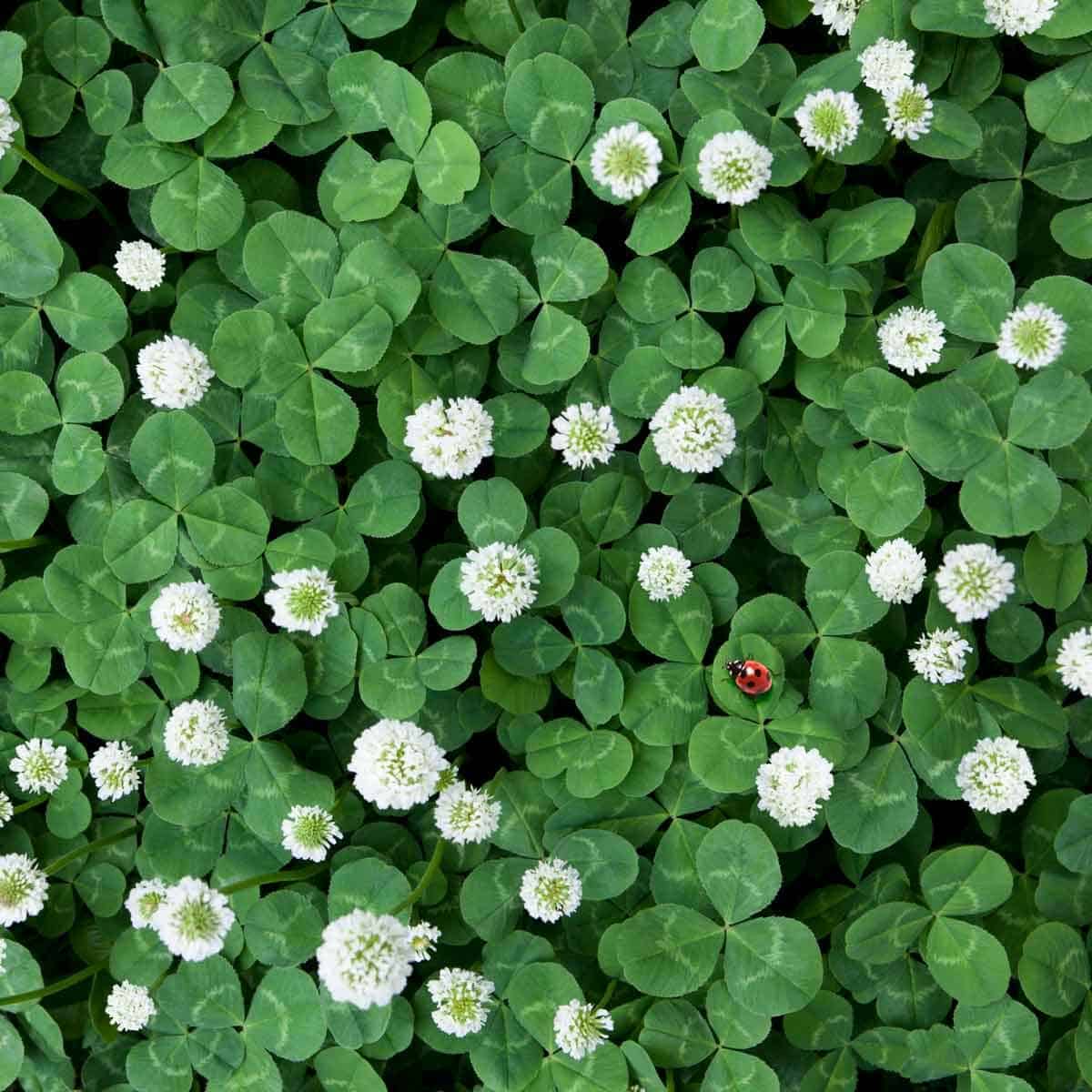
4. Companion Planting
- Borage: This herbaceous flower is a companion to tomatoes, cucumbers, and other veggies, enhancing their growth.
- Lavender: Lavender’s aromatic presence can deter pests and attract beneficial insects.
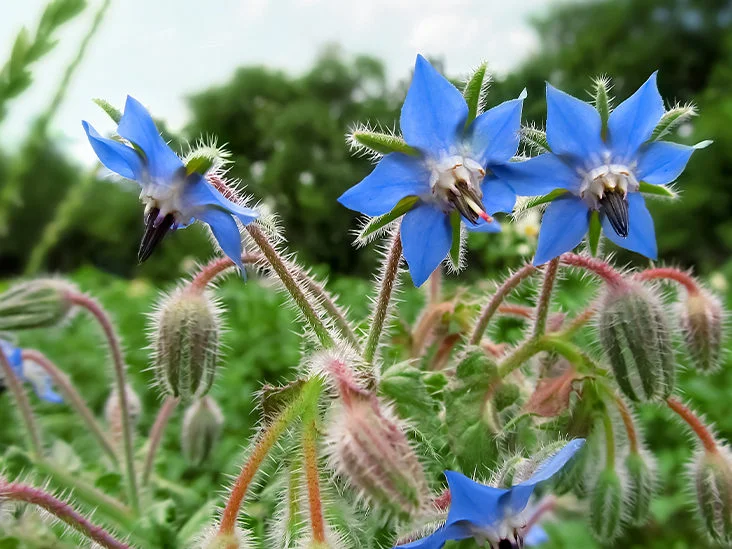
5. Beneficial Insects
- Alyssum: These small flowers attract predatory insects like ladybugs, which feed on aphids and other pests.
- Sunflowers: The large blooms of sunflowers can provide shelter and food for beneficial insects.
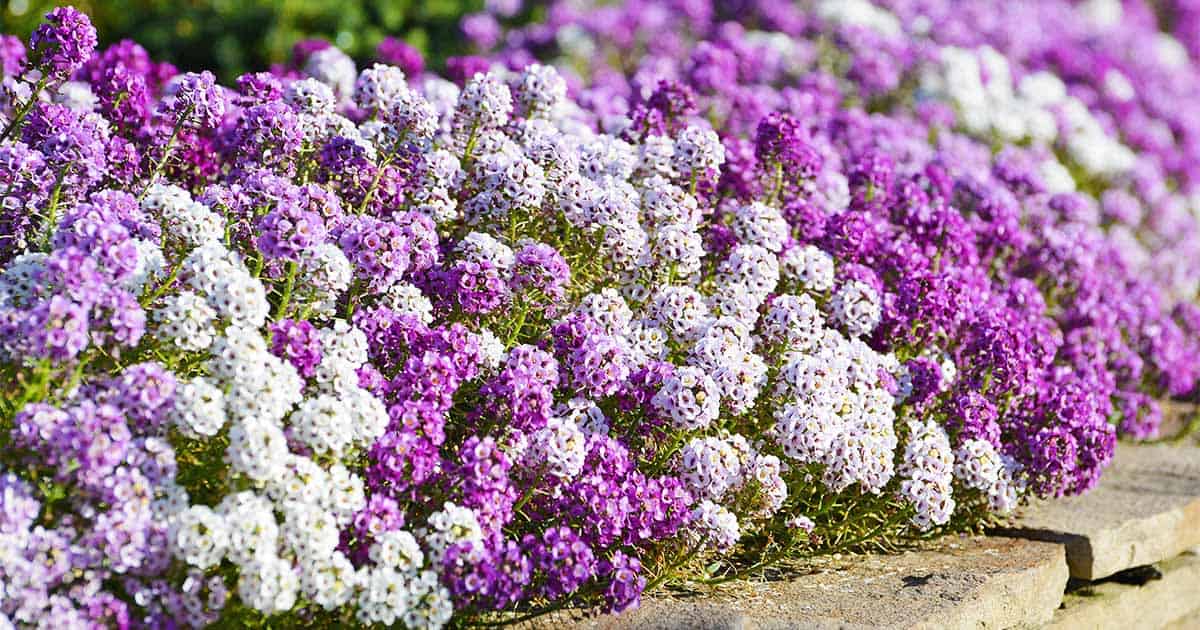
6. Beauty and Color
- Cosmos: These colorful flowers add a pop of beauty to your garden while attracting pollinators.
- Snapdragons: Snapdragons create vertical interest and can also act as a habitat for small beneficial creatures.
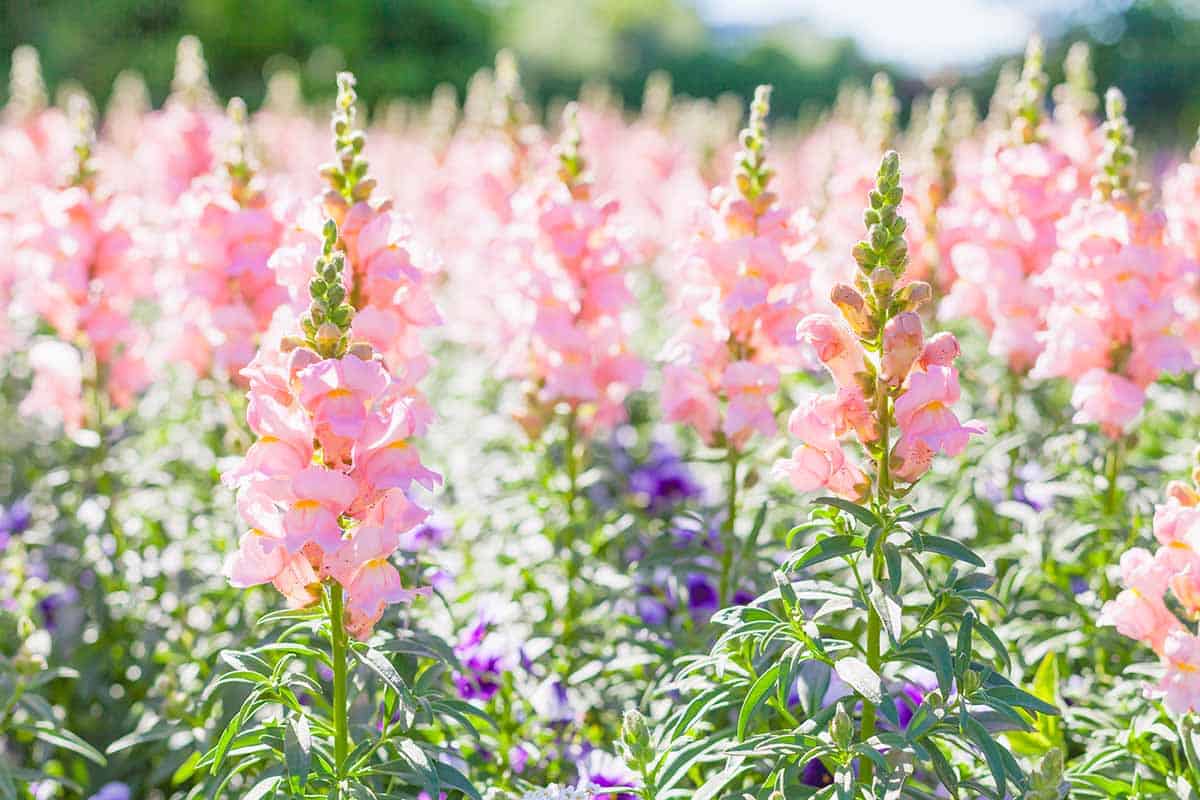
7. Edible Blooms
- Violas: Viola flowers are edible and make delightful additions to salads and desserts.
- Daylilies: Daylily flowers are not only beautiful but can also be consumed in various culinary creations.
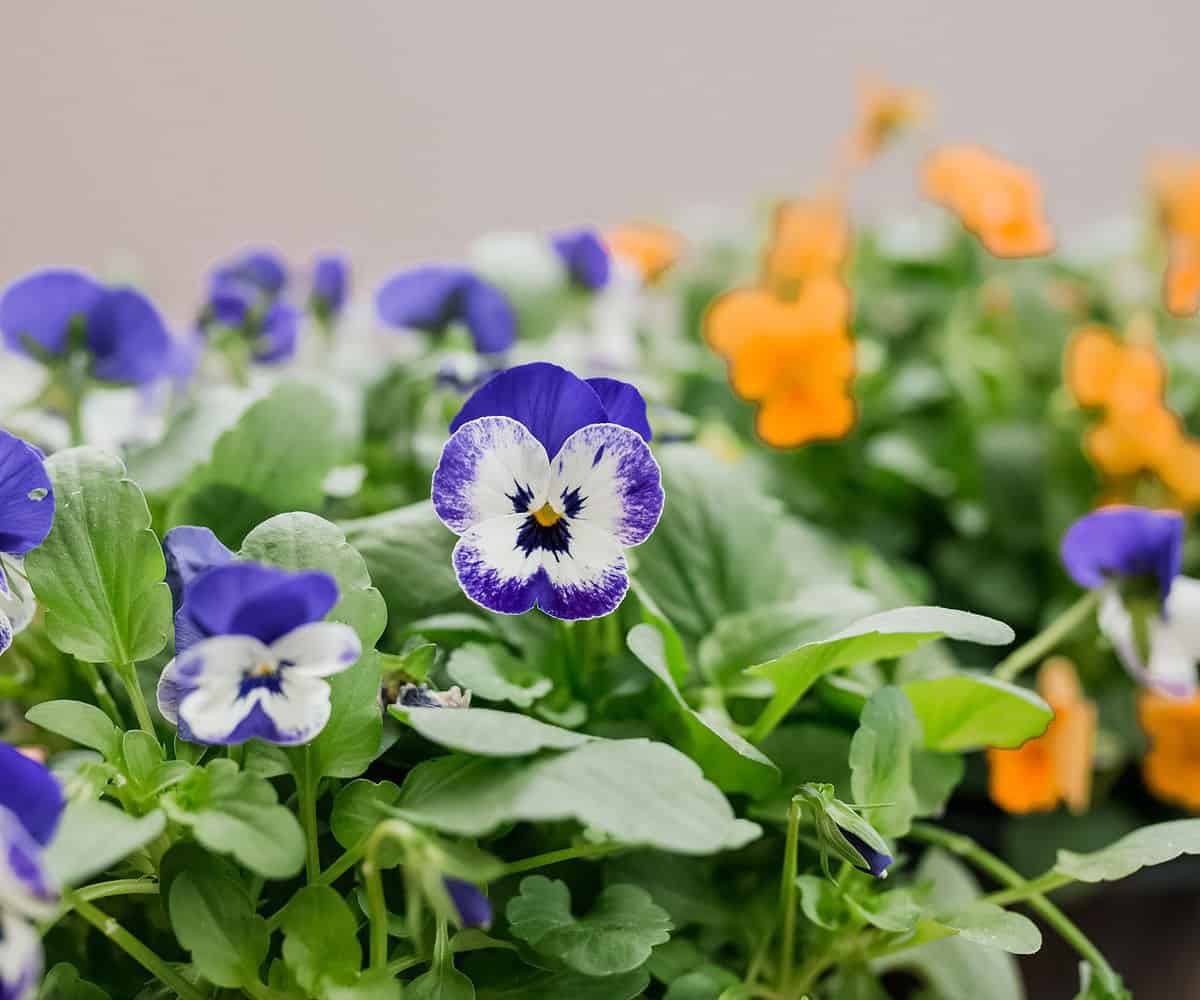
FAQs, Summary Conclusion, and a Fascinating Fact
Frequently Asked Questions (FAQs)
Q1: How close should I plant flowers to my vegetables?
A: Plant flowers near your vegetables, but ensure they don’t shade or compete for nutrients. A few feet away or in between rows can work well.
Q2: Can flowers improve soil quality?
A: Yes, certain flowers, like marigolds and calendulas, can contribute to soil enrichment as they decompose.
Q3: Will planting flowers attract harmful pests?
A: While flowers can attract some pests, the right choices can actually repel pests and attract beneficial insects that control them.
Q4: Can I use any type of flowers in my vegetable garden?
A: While many flowers are beneficial, some may compete for resources or have negative effects. Choose flowers that complement your veggies.
Conclusion
Integrating flowers into your vegetable garden isn’t just about creating a visually appealing space—it’s a strategic move that can enhance pollination, deter pests, and promote overall garden health. By carefully selecting the right flowers based on their functions, you’re creating a harmonious ecosystem that benefits both plants and the environment.
Fun Fact: Sunflowers are known for their ability to follow the sun’s movement across the sky in a behavior known as heliotropism. This phenomenon is most prominent in young sunflowers before the flower head fully matures.
As you embark on your journey of combining flowers and vegetables, remember that each bloom serves a purpose beyond its beauty. By embracing the synergy between these plants, you’re creating a balanced and thriving garden that exemplifies the wonders of nature’s interconnectedness.
Originally posted 2023-08-08 14:48:23.

